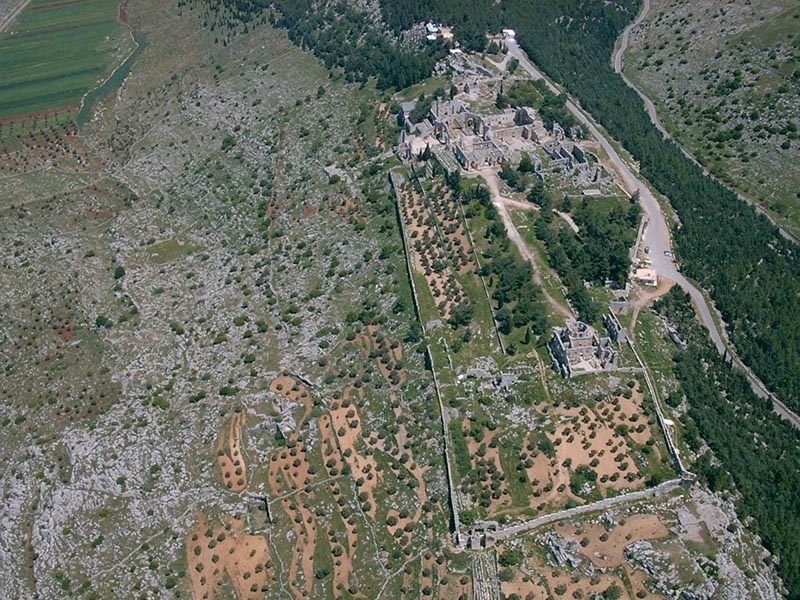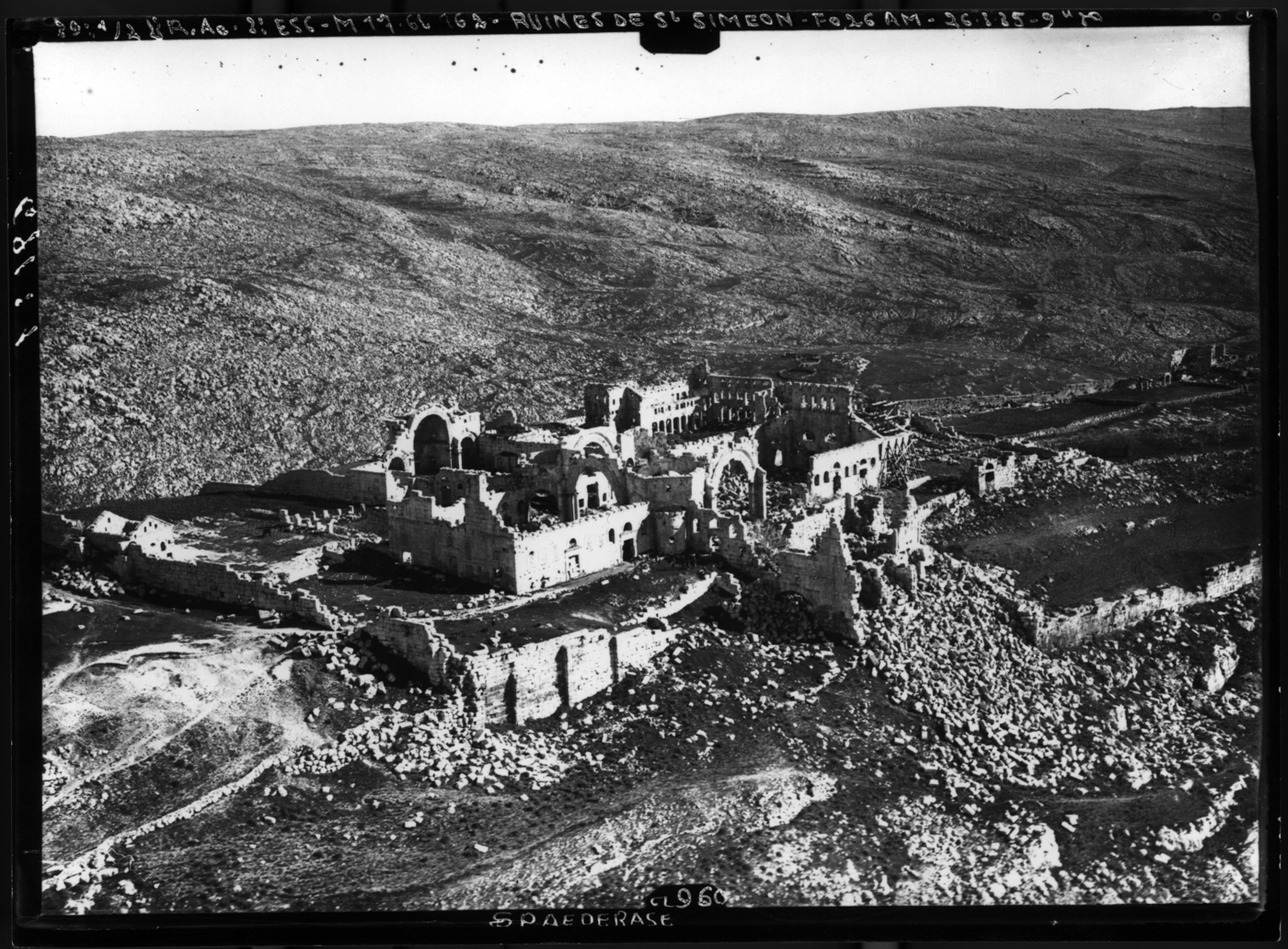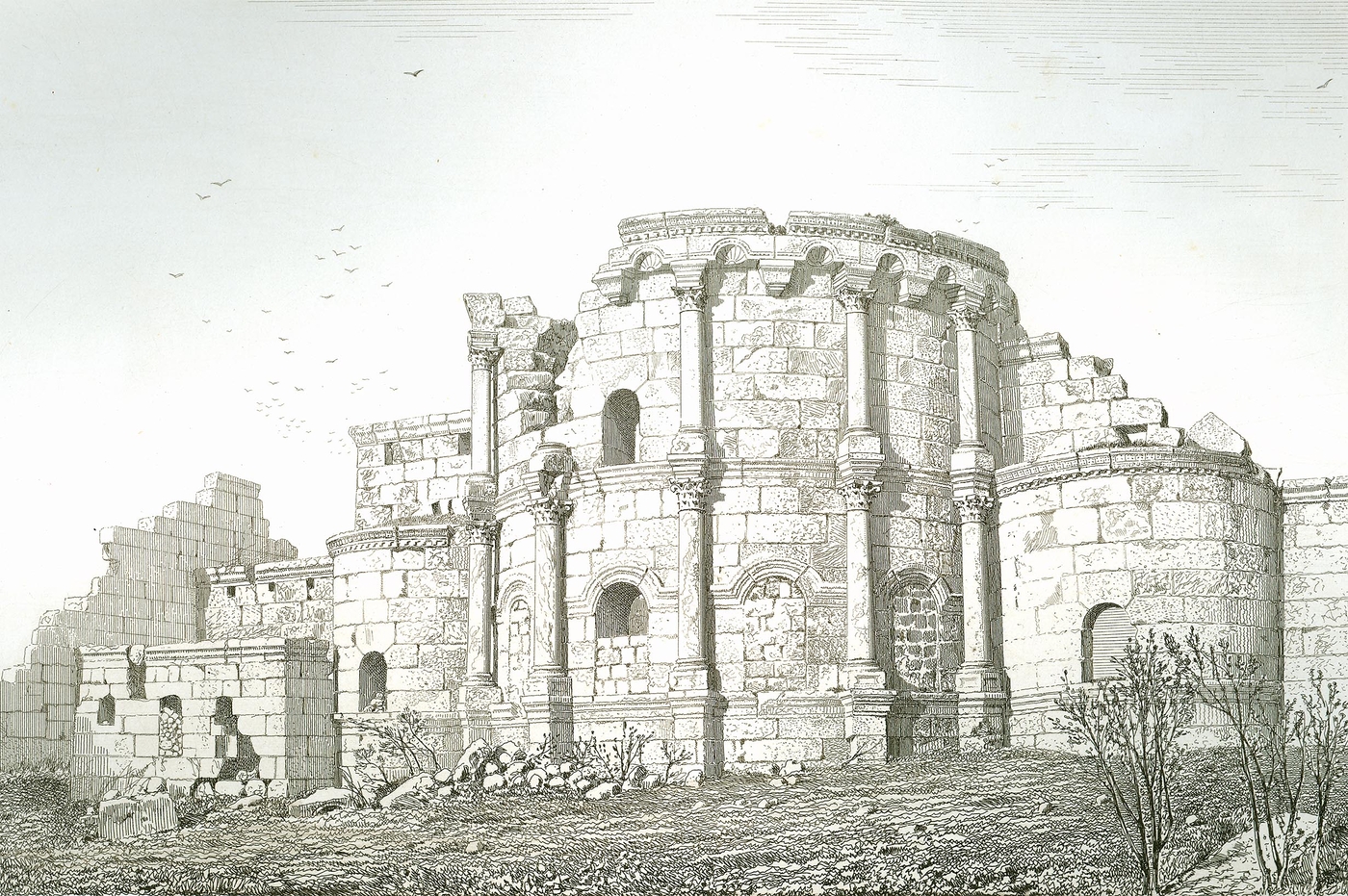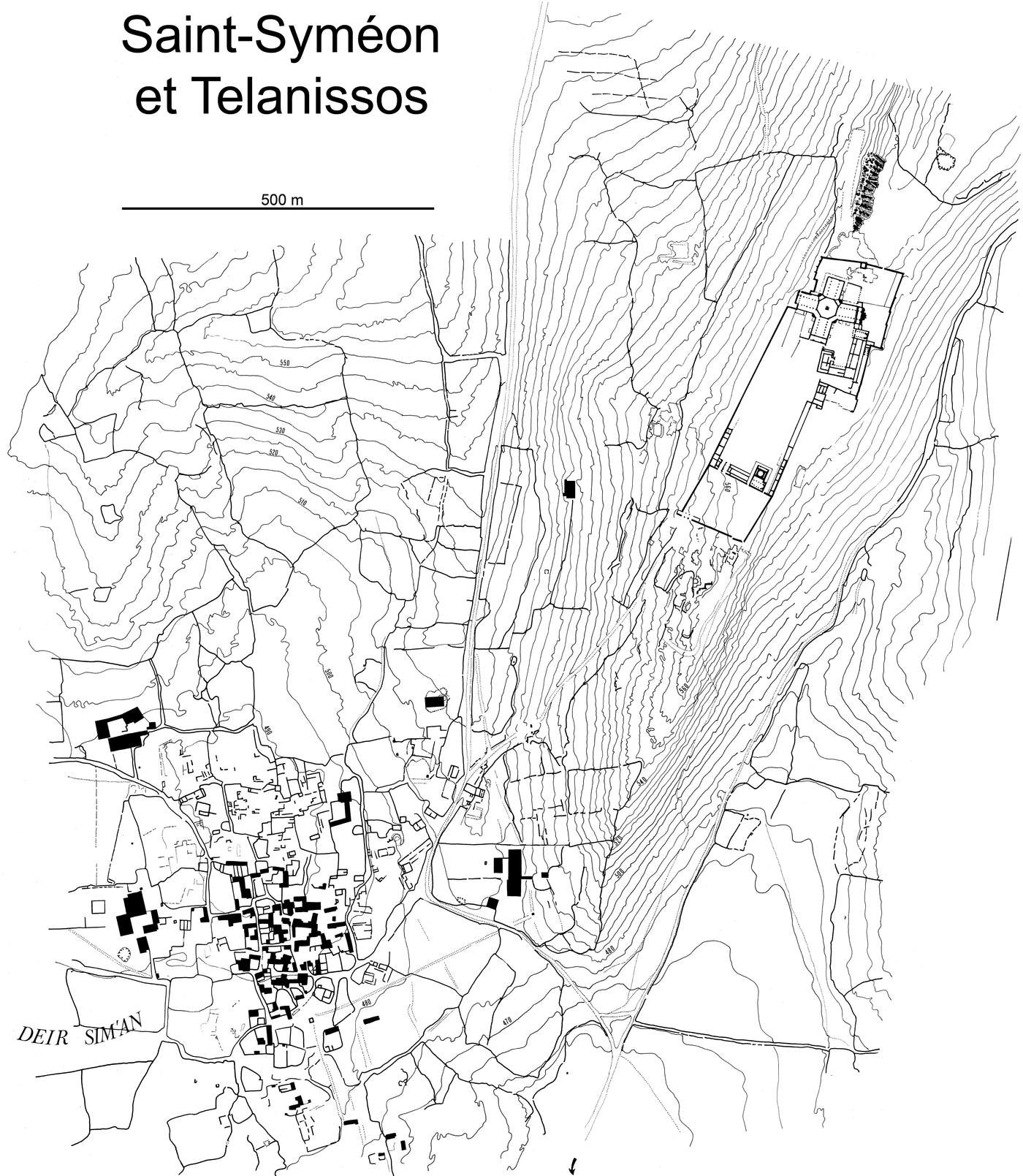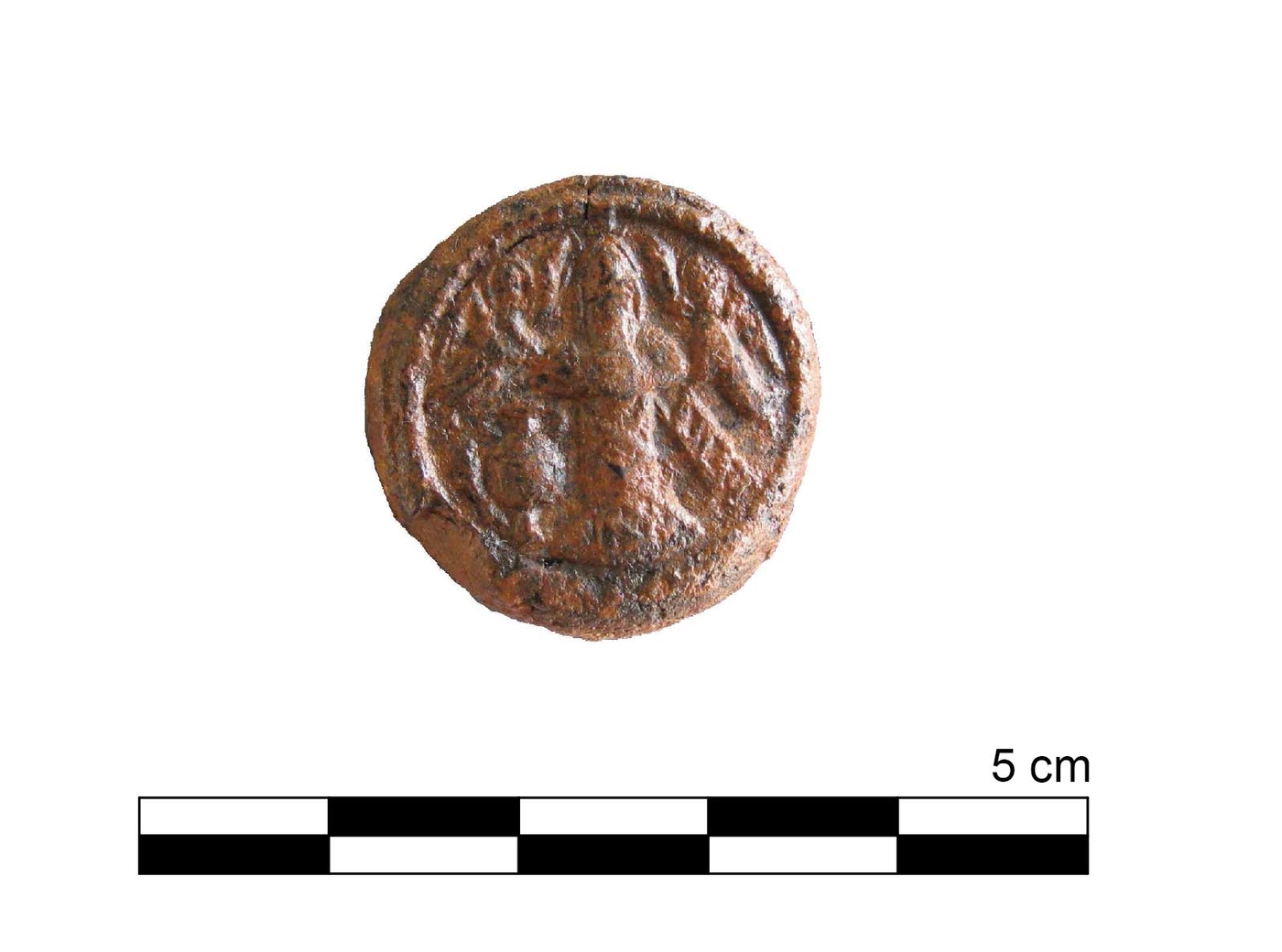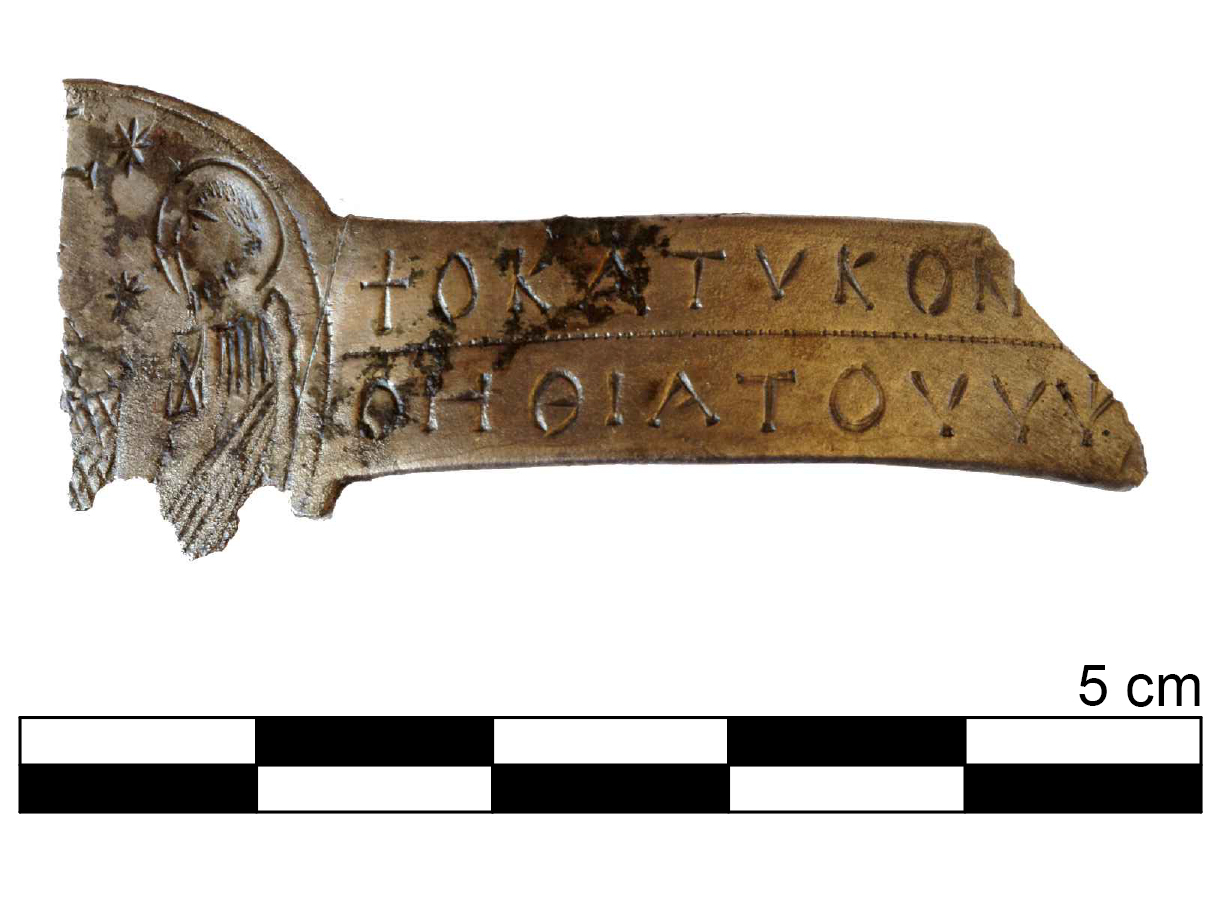Simeon Stylites
In northern Syria, the Sanctuary of Saint Simeon built in the late 5th century around the column of the first stylite, is part of the Ancient Villages of Northern Syria inscribed in 2011 on the UNESCO World Heritage List.

The limestone massif in northern Syria on which the Sanctuary of Saint Simeon stands is a karst formation and an archaeological repository remarkable for the number of its ancient remains and their state of conservation, which until the end of the 20th century, had only been damaged by earthquakes.
Stylitism and pilgrimage
Simeon Stylites or Simeon the Elder (circa 390-459) was the founder of a form of asceticism that consisted in living the life of a hermit on top of a pillar in prayer. His life is recorded in three texts: two Greek biographies and one version in Syriac. He spent some forty years at the top of a series of pillars, each one higher than the last. After his death, his body was taken to Antioch and then to Constantinople. A pilgrimage centre was built around the saint’s last pillar, with a cruciform Martyrium centred around the pillar, a monastery with its own church, a baptistry, itself flanked by a church, service buildings, and accommodation. The centre was surrounded by an enclosure wall (mandra) with a monumental gate with three entrances. To get to the sanctuary, pilgrims passed through a triumphal arch in the village of Telanissos (present-day Deir Sem‘an) that gave way to a via sacra lined with buildings and shops for visitors. Inside the village are the remains of three monasteries and a large mill also attached to the sanctuary. Outside the village, not far from the entrance to the sanctuary, was a bath complex. Until its brutal destruction in 1017, the sanctuary continued to function as a religious site and, at the end of the 10th century, took on a military role following the fortification of the western arm of the Martyrium. Perhaps because of the martial appearance of the ruins and in reference to this stage in its history, its modern-day Arabic name is qal‘at "citadel".
Discovery of the site
The monument was first recorded in 1743-1745 by the Reverend Richard Pococke. Melchior de Vogüé then explored and published a description of the site, before it was studied by an American mission from the University of Princeton directed by Howard Crosby Butler. Archaeologists excavated the site under the direction of Daniel Krencker. Georges Tchalenko of the French Archaeological Institute of Beirut oversaw work to clear and conserve the site in the 1950s and 1960s. In 1980, the French mission began studying and excavating the sanctuary and village again, in conjunction with the Directorate-General for Antiquities and Museums in Syria (DGAMS).
The research team
The French archaeological mission in Qal‘at Sem‘an, directed from 1980 to 2006 by Jean-Pierre Sodini, focused on understanding the sanctuary’s main monuments: the martyrium, baptistry and propylaeum. The French Archaeological Mission in Deir Sem‘an and Qal‘at Sem‘an has been directed since 2007 by Jean-Luc Biscop. Its main role is to study the site’s material culture as a pilgrimage site and the architecture and urban development of the village within the sanctuary’s orbit. It has excavated the triumphal arch, shops and baths. Between 2003 and 2010, records were made of all the sanctuary buildings and the major monuments in the village using photogrammetry and laser grammetry in conjunction with the French National School of Geographic Sciences (ENSG) and the Unité Mixte de Recherche 3495 "Modèles et simulation pour l'Architecture et le Patrimoine".
The programme was supported by the French Ministry for Europe and Foreign Affairs, the Institut Français du Proche-Orient, the Unité mixte de Recherche 8167 "Orient et Méditerranée" and the Laboratoire d'Excellence "Religions et Sociétés dans le Monde Méditerranéen". Over the years, it has brought together researchers, students and specialists working in a range of fields.
Learn more: project's page on the web site of Unité mixte de Recherche 8167 "Orient et Méditerranée"


